The Gastronomes’ Guide To Experiencing The Very Best Of Regional Produce
The French word “terroir” is well known by gastronomes, used to indicate a region’s unique characteristics and environmental factors — which together help to determine the quality and renown of its local produce.
This can translate to anything from the vastly different grazing and habitats of a cow that might influence the flavor of its meat and milk, through to soil varieties that contribute towards the unique taste profiles of some of the world’s legendary wines and spirits.
Aside from its use as a technical term, terroir also acts as a valuable travel guide, helping you to identify beautiful regions that are renowned worldwide for their fine produce. Whether you prefer expert-guided tasting tours or would rather plot your own course through a region’s vineyards, restaurants, distilleries, and producers, using terroir as your guide ensures an unforgettable experience in these regions that are rich with gourmet heritage.
Cognac Region, France
Sitting just north of Bordeaux, and inland from the rugged Atlantic Ocean, the picturesque landscape of France's Cognac region is generously sprinkled with some of the world’s most prestigious distilleries and vineyards.
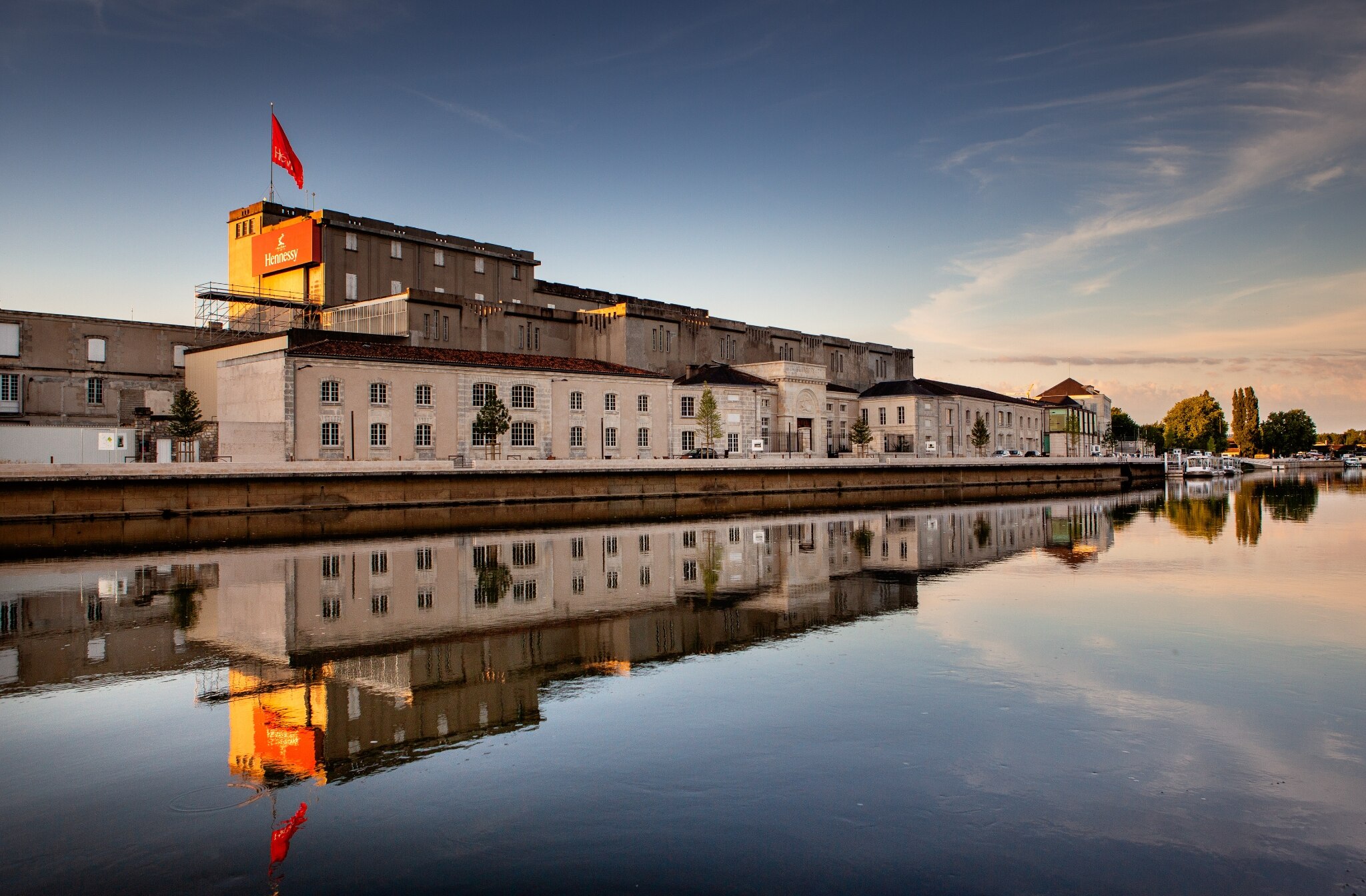
The region’s charming capital — also called Cognac — makes for an ideal base for your exploration, thanks to its highly photogenic streets, castles, and churches, many of which date back to the eleventh century and are surprisingly well-preserved. It is here that you’ll find a museum entirely dedicated to the city’s eponymous spirit, alongside a wide range of cognac houses offering cellar tours and tastings. Foremost among these producers is Hennessy, who make the world's best-selling cognac; their impressive riverside “maison” offers a variety of compelling tours, which naturally end with the opportunity to sample some of their legendary blends.
As the eighth generation of Hennessey Master Blenders in his family, Cognac native Renaud Fillioux de Gironde is well-placed to explain the region's unique DNA, "When we talk about terroir, we don’t just mean the soil. It is the combination of soil, climate, slope, and exposition — as well as the people who cultivate the land and their savoir-faire — that makes the Cognac region so unique.”
Champagne Region, France
Another French region that needs little in the way of introduction is Champagne, an intoxicating corner of the country's northeast that is home to the world's most famous effervescent wines. The elegant avenues and cobblestone squares of Champagne’s capital, Reims, are filled with fountains, museums, and a legendarily beautiful cathedral, along with many famed champagne houses, whose cellars host both wine and local food tastings.
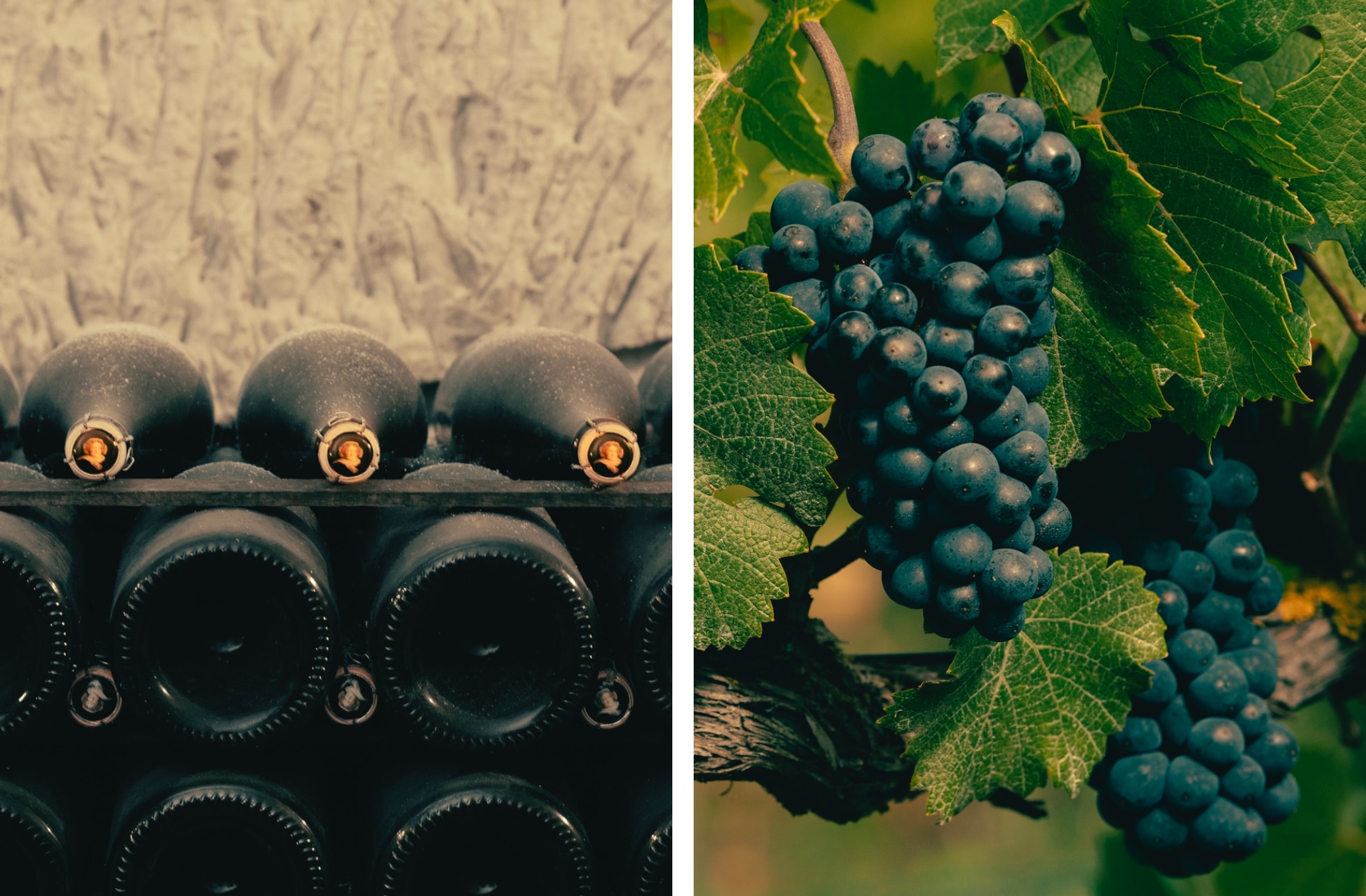
Also on your must-visit list should be Reims’ fabulous food market. Housed in an impeccably preserved art deco building, this was once the home of the pioneering Madame Clicquot. Considered “the first lady of champagne”, Clicquot broke barriers at every turn, leading her eponymous champagne house at a time when women were a rarity in the industry, and is an iconic figure of the region.
Local expert Didier Mariotti holds the enviable title of Veuve Clicquot Cellar Master and explains how Champagne’s unique terroir is key to enjoying its most famous wine, “Terroir is essential to the quality of Veuve Clicquot champagne. Our vineyard is one of the finest in the entire Champagne region, with 96% of Veuve Clicquot vines classified as Grand or Premier Crus, and we work to identify the impact of different terroirs by vinifying the plots separately as much as possible. What’s more, we remain committed to preserving our terroir and its biodiversity — our vineyard, for instance, has been herbicide-free since 2018.”
Bordeaux Region, France
A wine paradise without equal, Bordeaux is a fabulous region to explore, whether you consider yourself a connoisseur or an amateur wine enthusiast. Sitting elegantly on the River Garonne, the city of Bordeaux is a delight which is rightly deserving of its nickname, “The Pearl of Aquitaine". Visitors can easily spend days walking the city’s riversides, visiting its countless food and antique markets, and taking in its world-famous monuments, which account for one of Europe's largest areas of 18th-century architecture.
But of course, many visitors come to Bordeaux to experience its stunning villages and the vineyards that populate the verdant, gently rolling landscape that surrounds the city. These villages are the names that have long since passed into wine legend — St. Émilion, Margaux, and Pauillac, to name but a few.
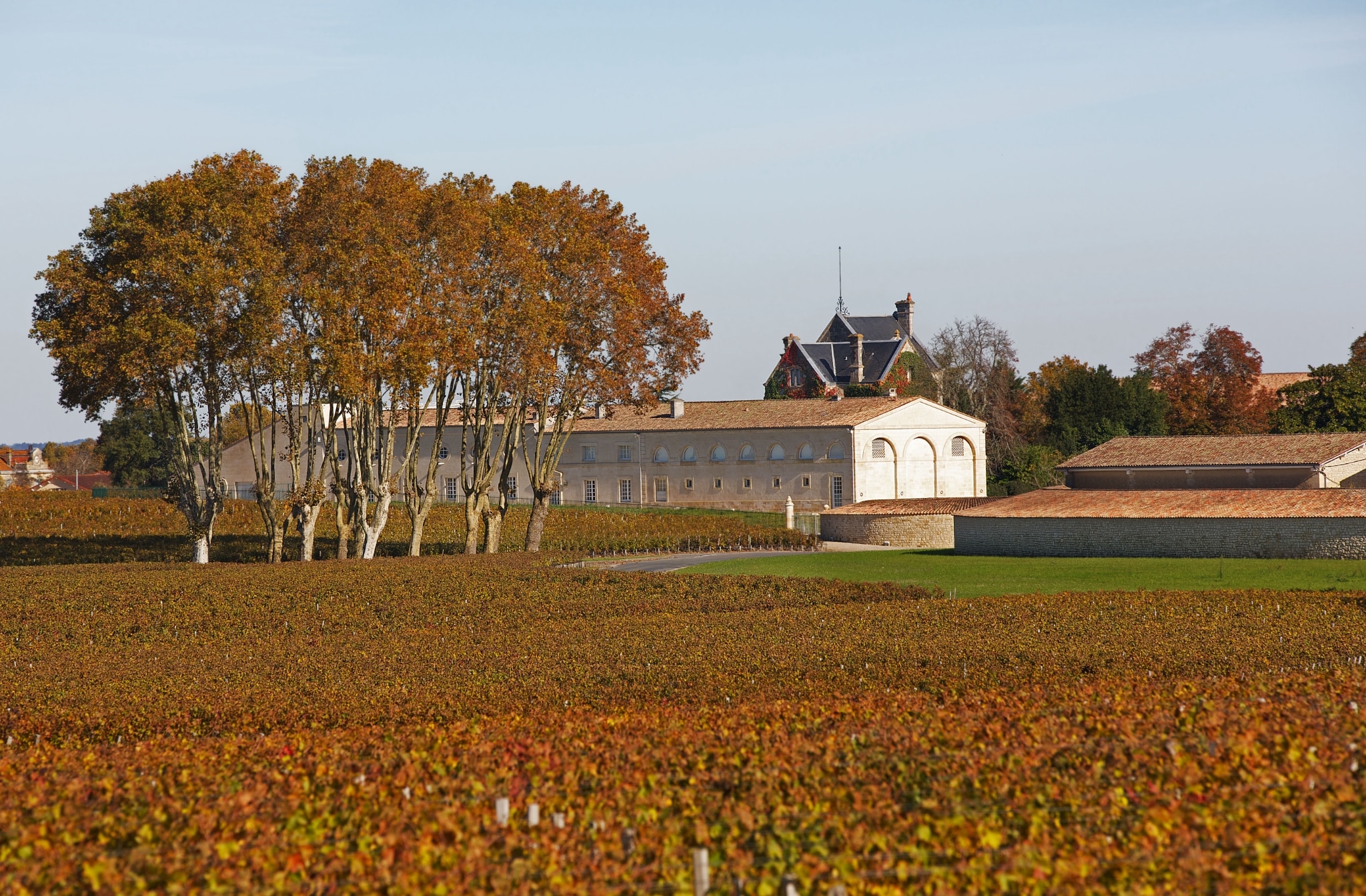
Pauillac itself is the home of the legendary Château Mouton Rothschild, who also boasts 90 hectares of vintage-producing vines over on the Médoc peninsula, dating back to Roman times. Estate Manager Jean Emmanuel Danjoy oversees three properties including Château Mouton Rothschild and explains that terroir is just one part of the picture when it comes to creating exceptional wines. “Each person who contributes to the production of a bottle of Château Mouton Rothschild wine has wholeheartedly invested their passion, knowledge, and skill to offer the very best to those who drink it.”
Moray Speyside, Scotland
Up on Scotland’s wild and beautiful northeast coast, you’ll find Moray Speyside, an area whose stunning diversity of landscapes range from the craggy Cairngorm Mountains to the rugged coastline's cliffs and coves — all populated with a diversity of wildlife including bottlenose dolphins that swim the Moray Firth. History seems to course through the heart of this region, as seen in spectacular ancient monuments such as Brodie's Castle and Elgin Cathedral.
Visitors to the region are drawn to charming fishing towns like Buckie and Cullen that are rich with local produce and freshly caught seafood, which is particularly delicious when served up as that famous local specialty, fish and chips. However, one local product brings more visitors to the region than any other — whisky. Unsurprisingly, as Moray Speyside is home to more than half of Scotland's distilleries, there are countless options and suggested routes to explore whisky country.,
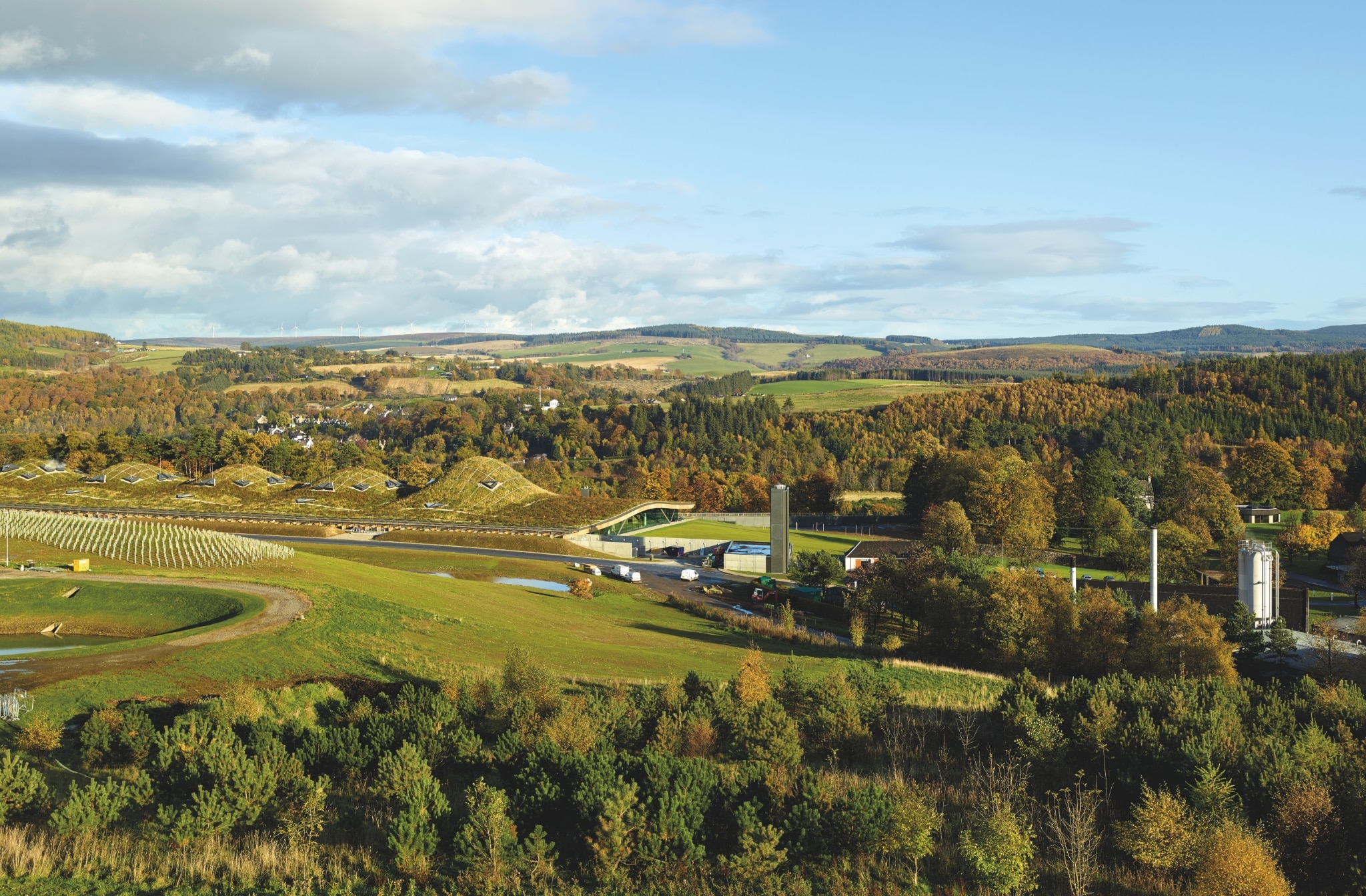
On a hillside overlooking the River Spey in Craigellachie sits the extraordinary new Macallan Estate Distillery, a must-visit for any whisky lover. Visitors are taken through the distillery’s history, terroir, and heritage as they learn what makes these single malts so famous — and valuable too, with one 1926 bottle having sold for a cool US$2million.
Macallan’s Master Whisky Maker, Kirsteen Campbell, explains how terroir influences whisky just much as wine, “Our oak casks are crafted to our own specifications, and accounts for up to 80% of the final aromas and flavors of The Macallan. Because of this, we invest significantly in the sourcing, crafting, seasoning, and curing of our casks, and over many years we have developed a deep understanding of how both the wood and specific oak species influence our whisky.”
The Scottish Highlands, Scotland
And so finally, to the breathtaking beauty and crisp, clean air of the Highlands, another unique terroir where climate, soil, and other conditions combine to spectacular effect. Regarded as the Highlands’ de facto capital is Inverness, known around the world as the gateway to Loch Ness, home to Nessie, the legendary Loch Ness Monster. Loch cruises are a popular way to experience the area’s stunning scenery and slow pace of life, but you’ll find plenty of fascinating history at every turn too.
The last stand of Bonnie Prince Charlie's Jacobite army in 1746 is commemorated at The Battlefield of Culloden, while the Highlanders’ Museum in Fort George holds the largest collection of Scottish military artifacts outside of Edinburgh. Due to its northerly position in the United Kingdom, those who visit the Highlands in winter have a good chance of catching sight of that most incredible of natural phenomena — the Northern Lights.
However, once again, Scotland’s most famous tipple steals the show, and just north of Inverness sits The Dalmore whisky distillery, formally established in 1839, although its history actually goes back much further. In the ultimate demonstration of the importance of terroir, water for The Dalmore — which matures its whisky in two types of cask — has always come from the nearby River Averon, along whose riverbanks you can enjoy beautiful rural walks.
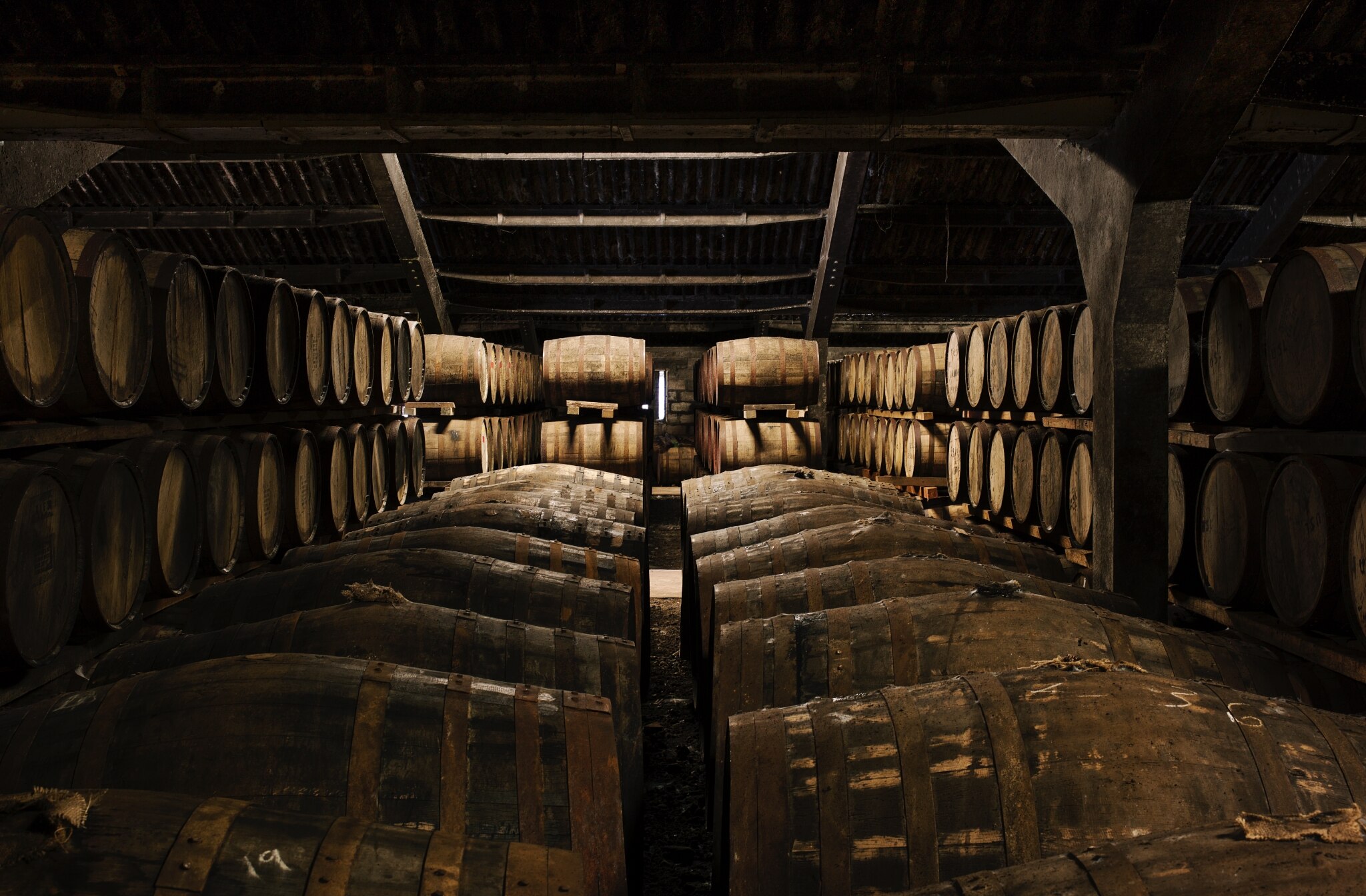
Master Distiller at The Dalmore, Richard Patterson OBE, elaborates, “The truth of any great single malt is that it’s always the people and the place that make it. As a whisky maker, we are able to curate very special, rare casks that influence the whisky as it matures, along the banks of the Cromarty Firth in the Scottish Highlands. All these aspects together play a part in producing each exceptional whisky from The Dalmore.”
From the rolling hills of France to the jagged peaks of Scotland, terroir and the people who work within it to create their incredible produce play crucial roles in any authentic travel experience. To understand and appreciate terroir is to know the true essence of a destination — its heart and soul, and the elements that nourish it.
















